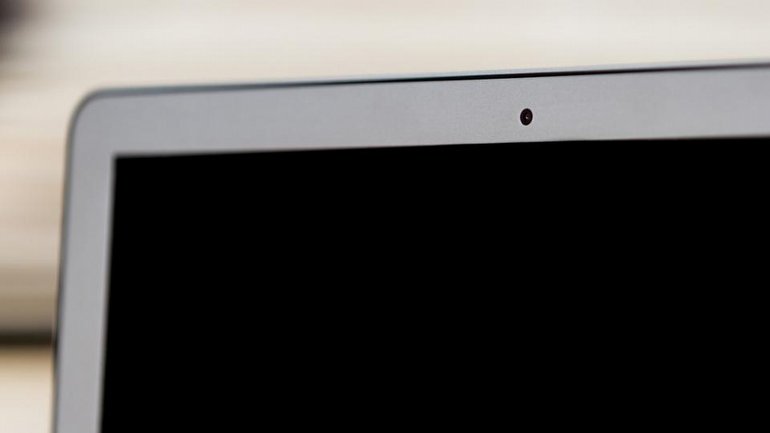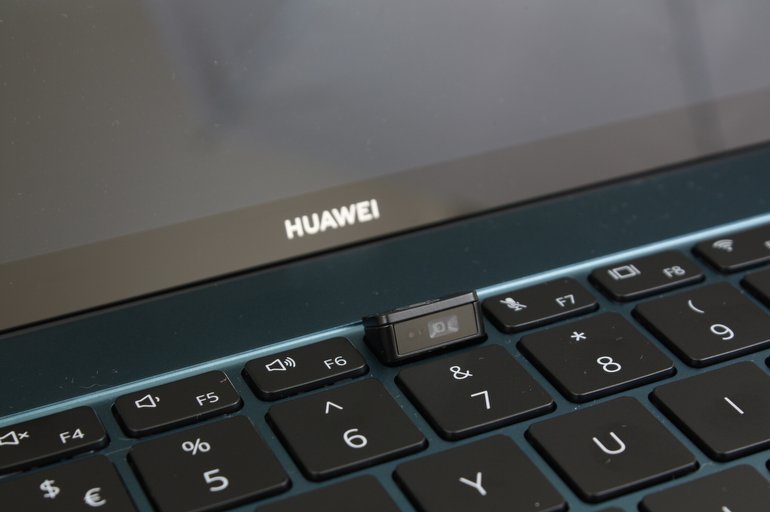A new laptop from Chinese tech company Honor has an important first, though not much mentioned. The MagicBook V14 is the first laptop to come with a 90-degree ultra-wide-angle, 5-megapixel camera. A handful of other devices, such as the HP Elite Dragonfly Max business laptop, also have 5-megapixel cameras. However, they still make up a small portion of the market.
So why today and in this age, at a time when hybrid work is important and Microsoft Teams, Zoom and Google Meet are becoming familiar applications and even mainstream, laptop cameras are still “creeping on the floor?” Why do laptop owners have to put up with webcams that go down to VGA resolution?
For those under a certain age, we would like to explain: VGA refers to an old, outdated, far outdated resolution of 640 x 480 pixels (or 307,000 pixels in total). It was mainstream towards the end of the last century (1990s), but somehow it can still appear on the laptop released in 2021. While there is something funny about seeing yourself as a Minecraft character on the screen, that’s not a feeling shared by many.
One of the best-selling computer products of the past two years has been the humble webcam. The epidemic has shown that millions of people are dissatisfied with the quality of the picture taken by the integrated laptop webcams, and unfortunately that doesn’t look like that will change anytime soon.

Why Are Laptop Webcams Stuck in the Past?
Our research of 50 laptops currently on sale at Dell, Lenovo and HP in the gaming, consumer and business segments doesn’t paint a very good picture. For example, Dell doesn’t have a webcam laptop with a resolution higher than 720p (about one million pixels), and that includes its most expensive laptop, the Dell Precision 7760 Data Science Workstation. The same is not true for other manufacturers. Even Apple’s MacBook Airs have a 720p camera. Even the newly introduced MacBook Pros, which cost up to tens of thousands of TL, only offer HD webcams. HD webcams represent today’s normal. So why aren’t manufacturers taking a step to change this?
The first reason is that prior to the pandemic, webcam quality on laptops was way down the priority list. Because most people were meeting in real life and meetings were held in boardrooms. This has convinced many manufacturers to be stuck on HD at best. Some have decided to hide the webcam completely by making it pop-up. Some manufacturers even went further and eliminated the webcam altogether.
On the whole, the laws of capitalism have also complicated the transition to multi-megapixel laptop webcams. Phones are thicker than laptop screens, and laptop webcam modules tend to be horizontal (fit in the frame) rather than vertical (like smartphones). So the transition didn’t happen until there was enough demand for laptop webcam modules with smartphone-like sensors. Because it didn’t seem like a logical reason to increase the cost.
There is also user indifference at work. HD webcams seem normal to most people; so reviews and users don’t tend to highlight (or consider) this an anomaly. But we, the ones who need to act as agents for change and make it clear that the current situation is not normal, need to get our readers to realize this and put pressure on the manufacturers.

How Can Laptop Webcams Change?
Huawei (and Honor) was the only company that dared to put the webcam under a button. Because the most important thing was undoubtedly the image quality and resolution. Therefore, a thicker frame, under-screen or perforated cameras can be put among the alternatives.
At the end of the day, again the winner will be the one to take the first step. Improvements in camera capabilities on smartphones had brought unmatched sales success to Huawei’s phones. If someone does the same on laptops and manages to impress the user, we can witness a similar success story. . .